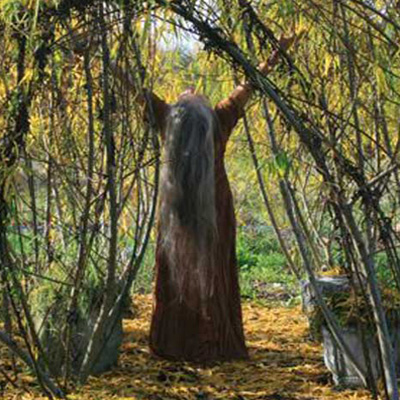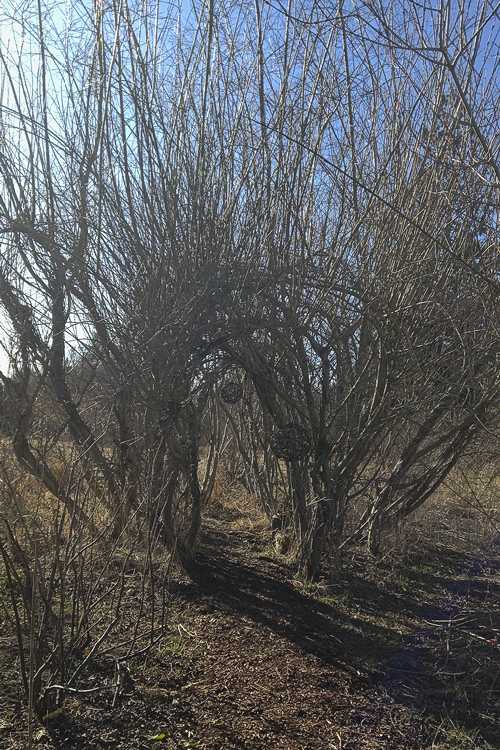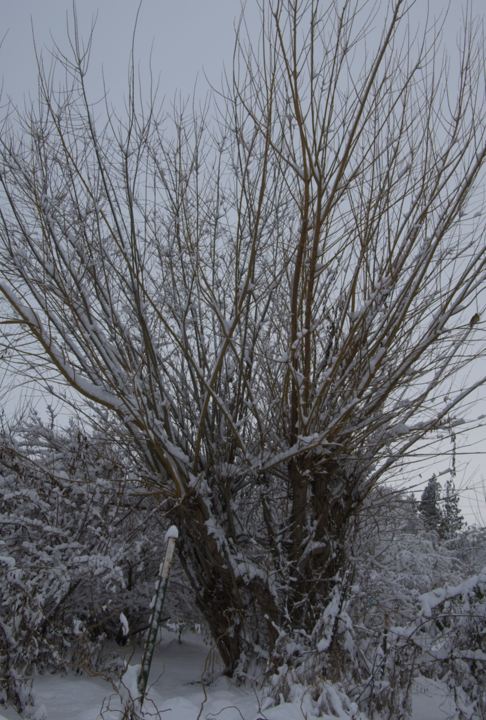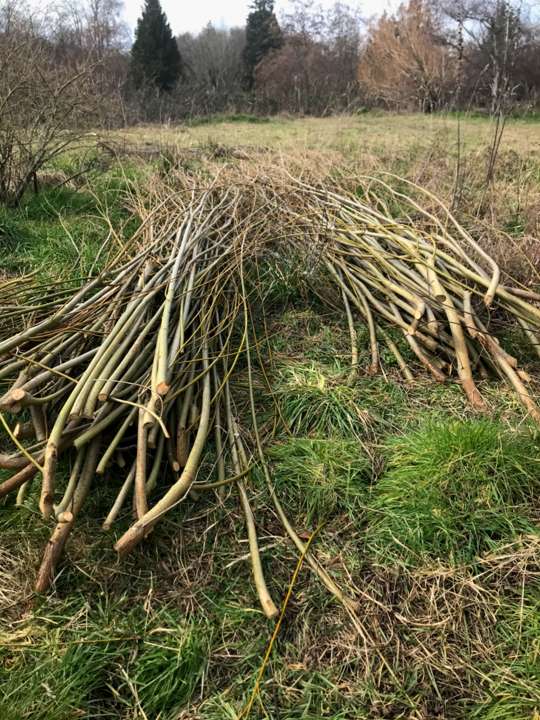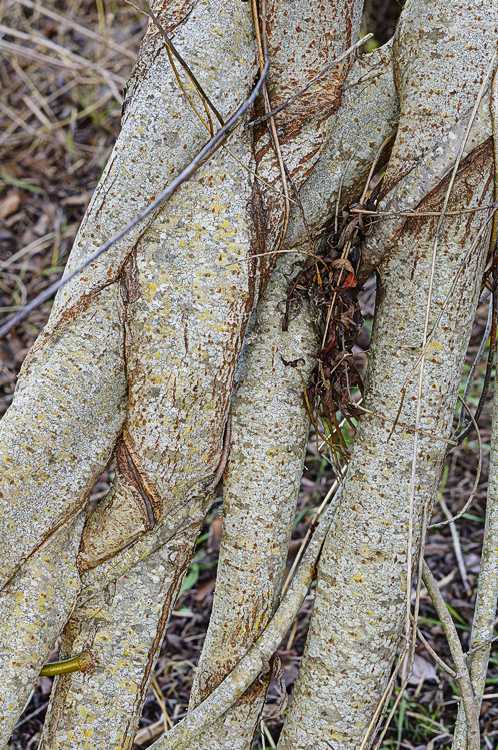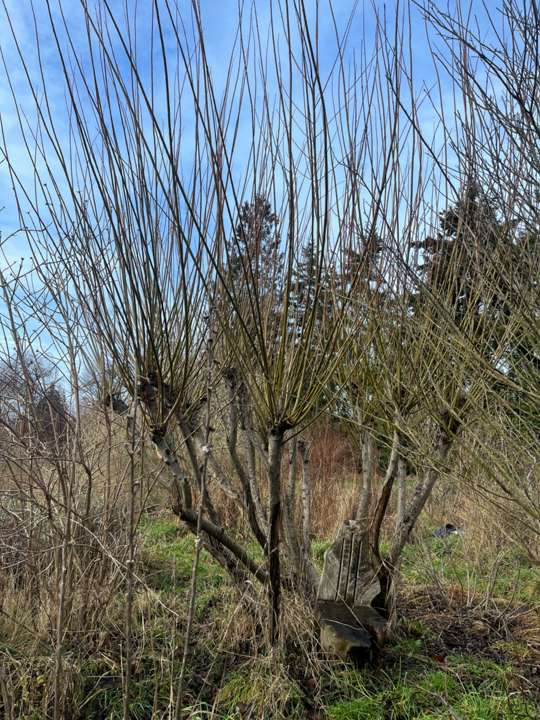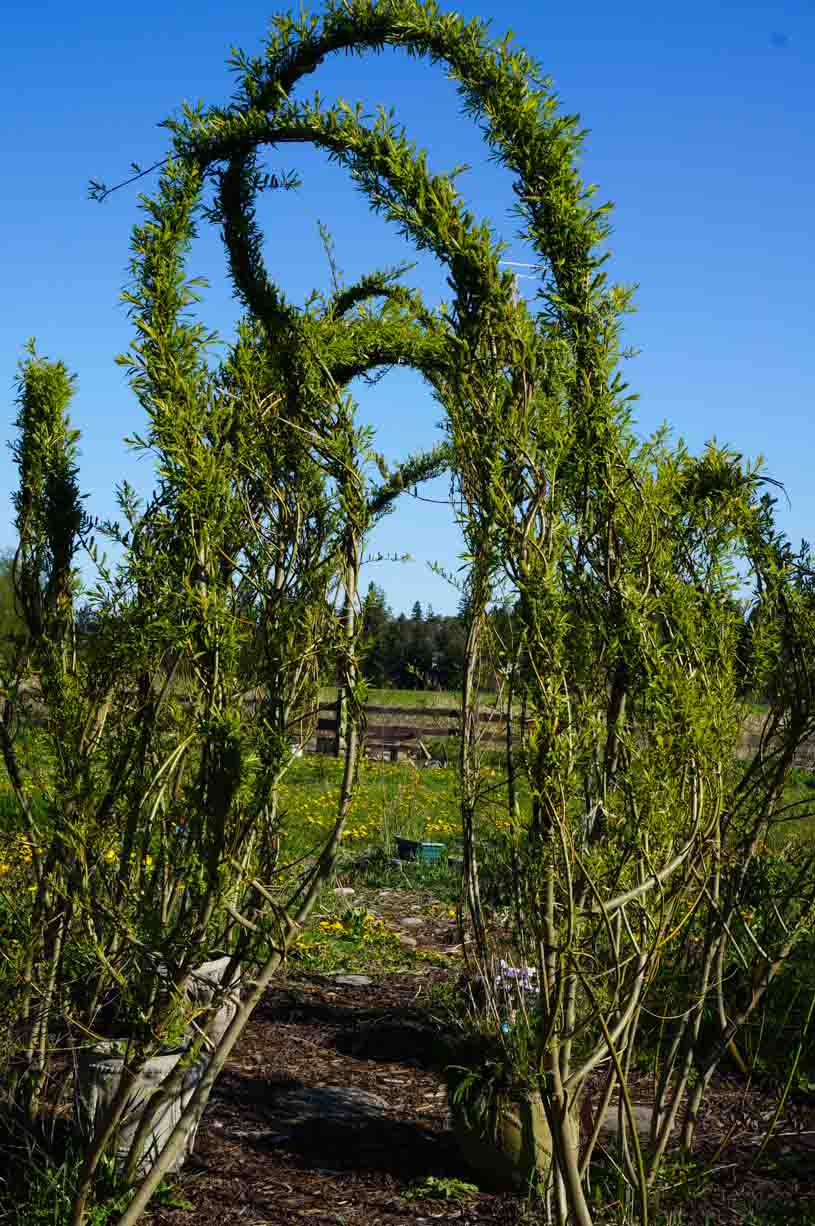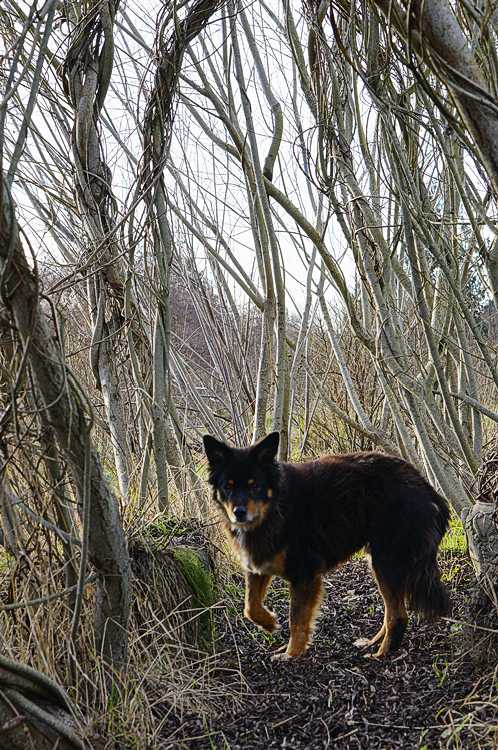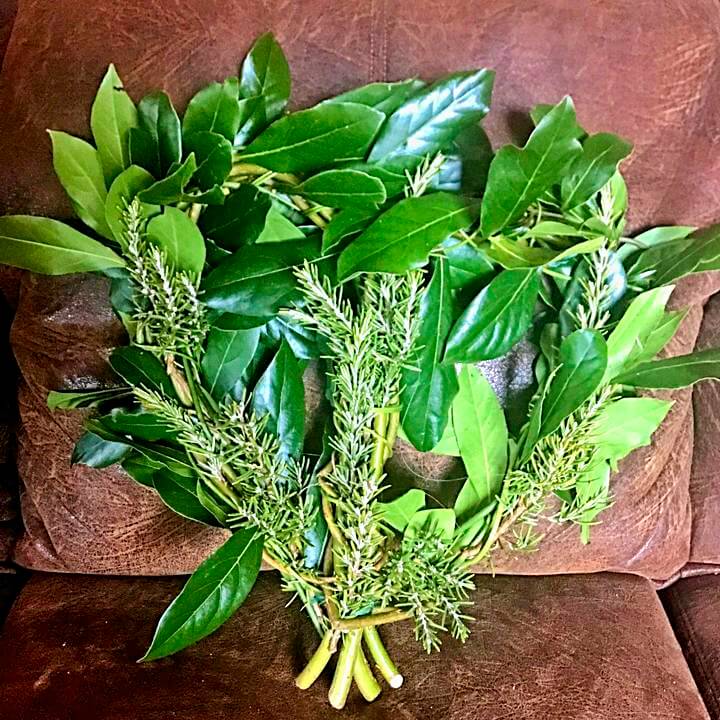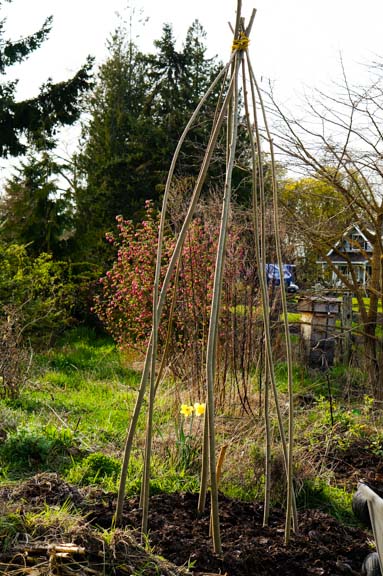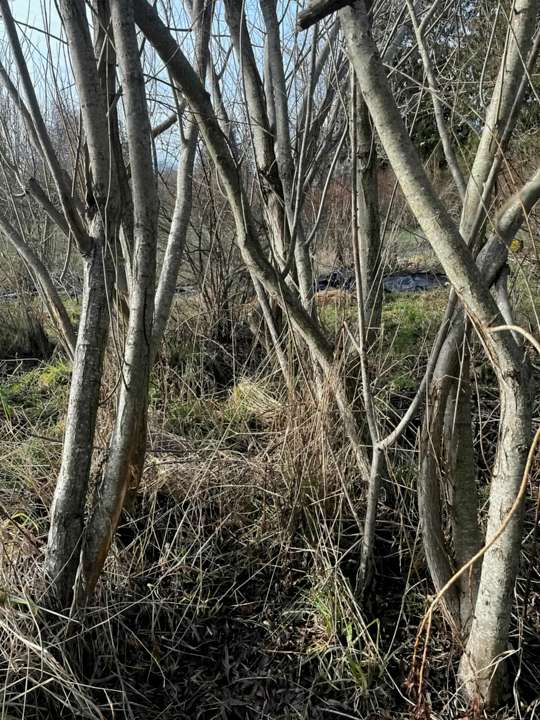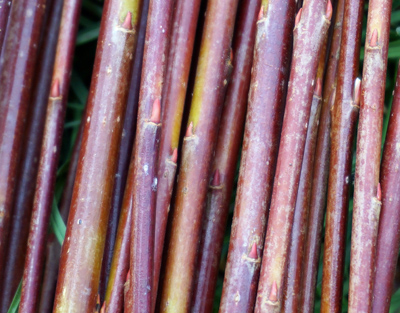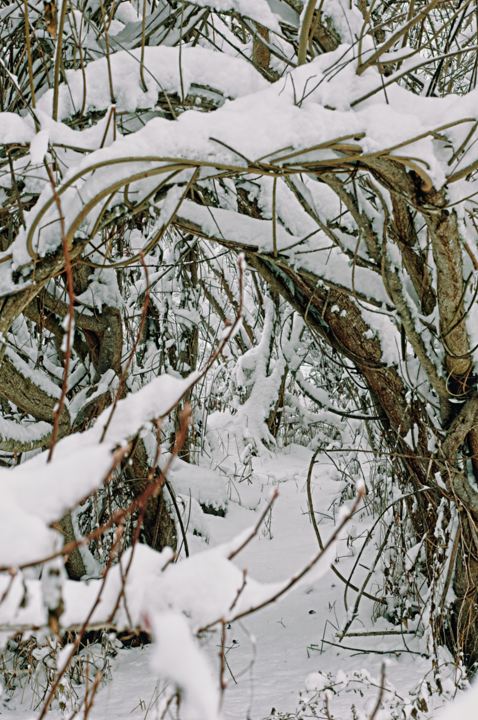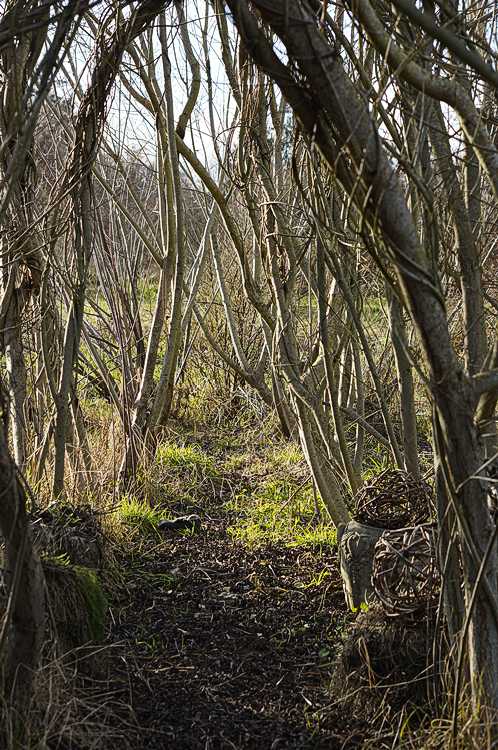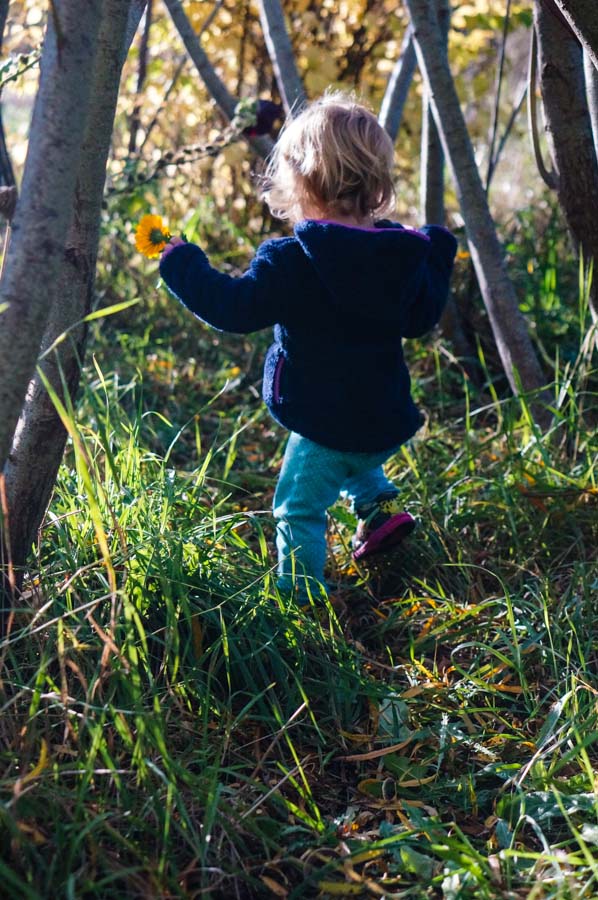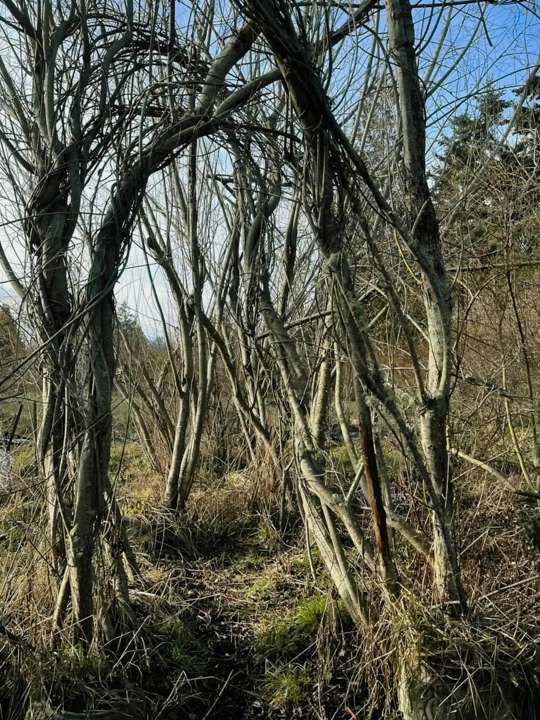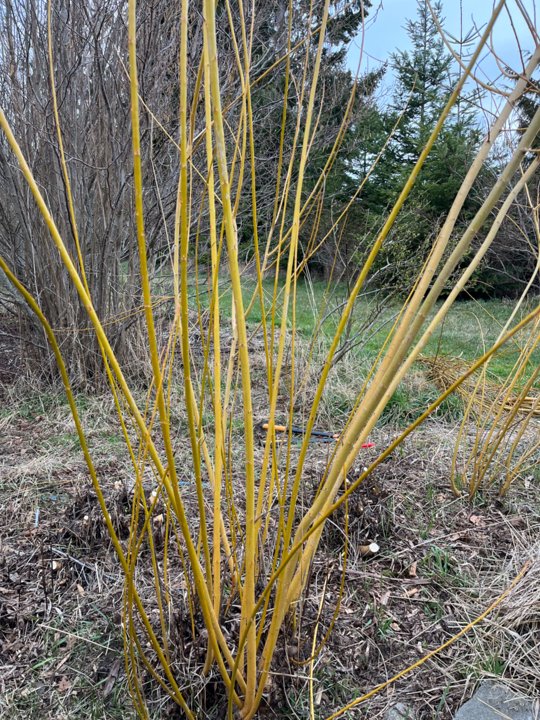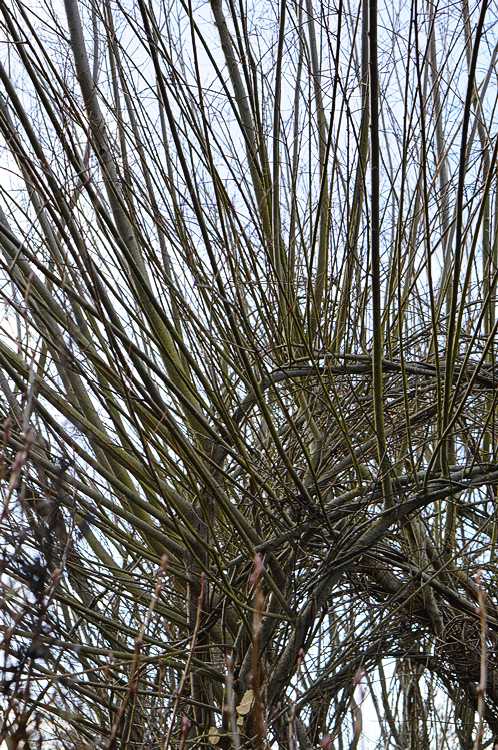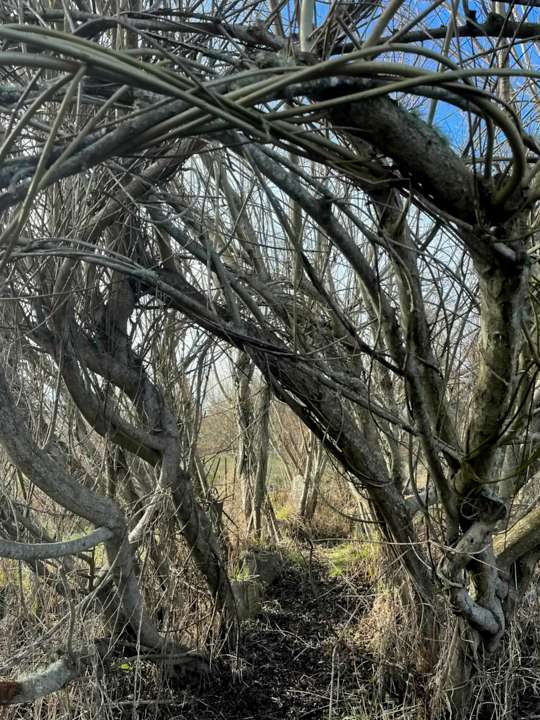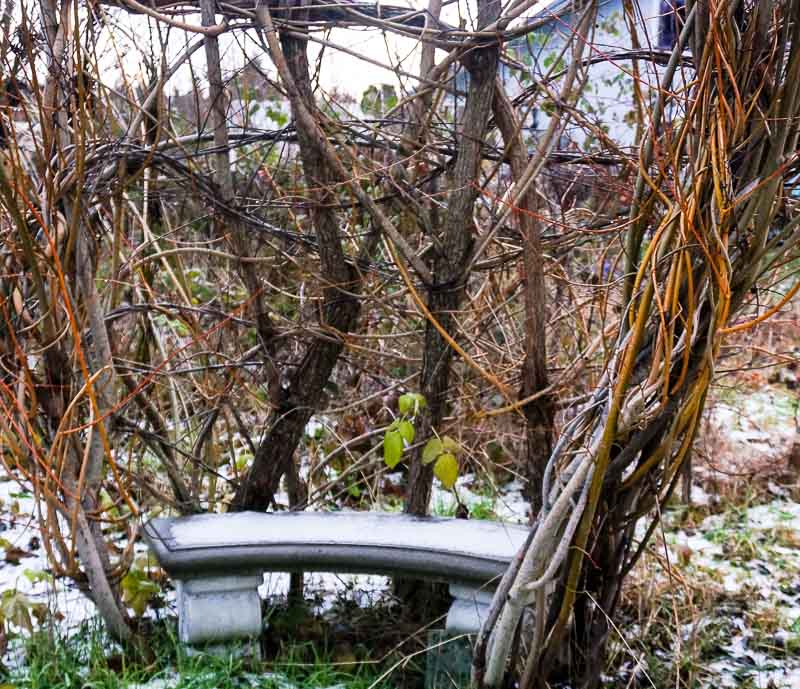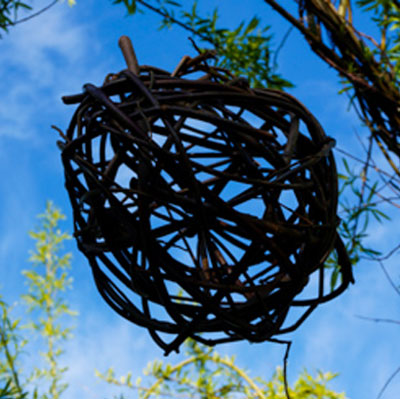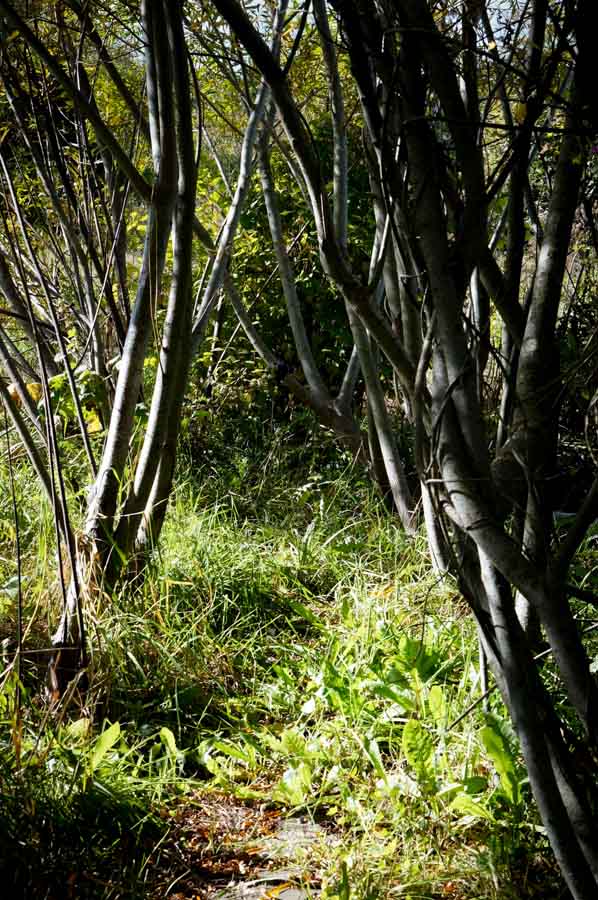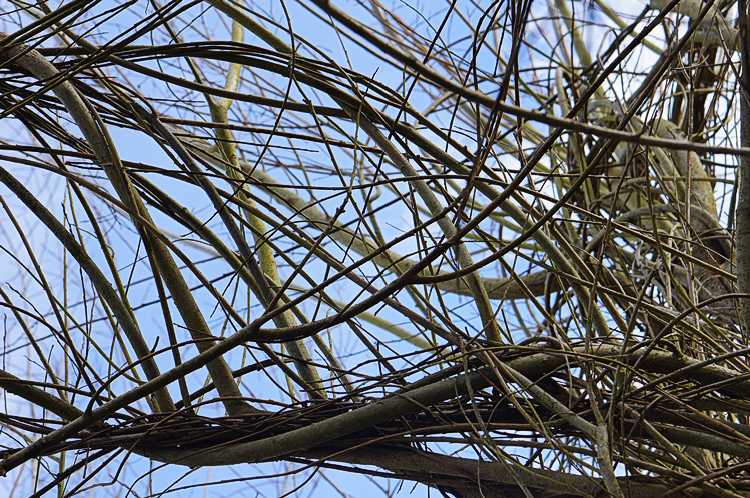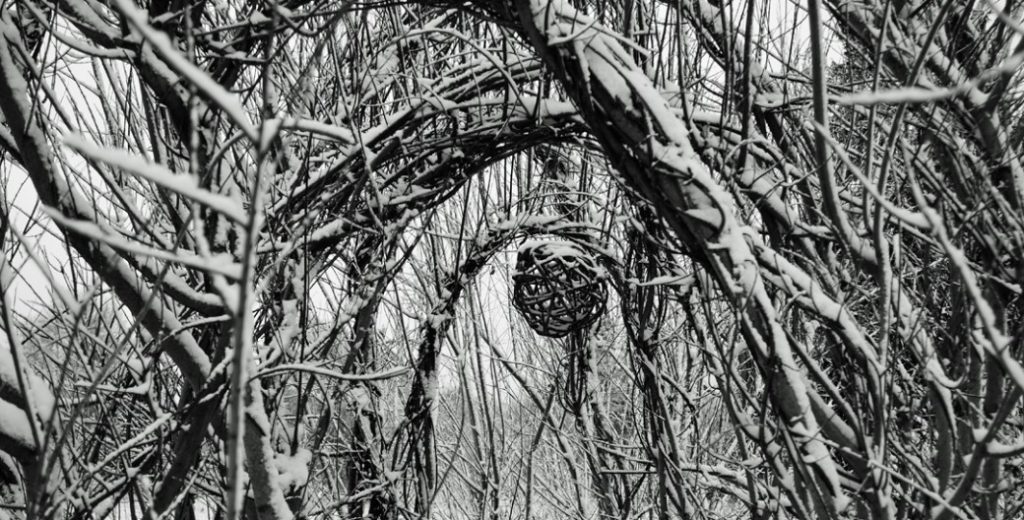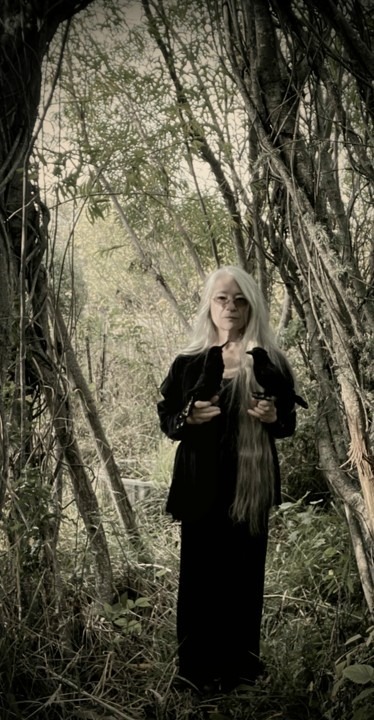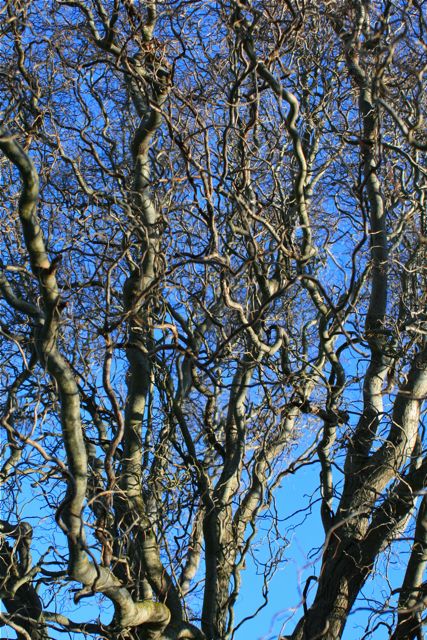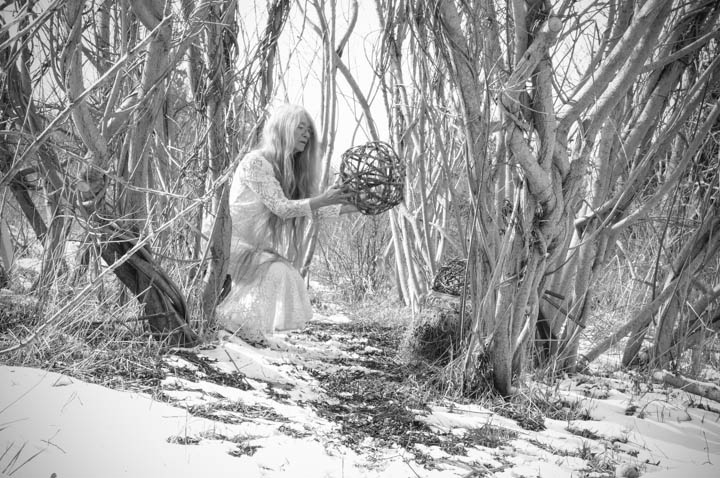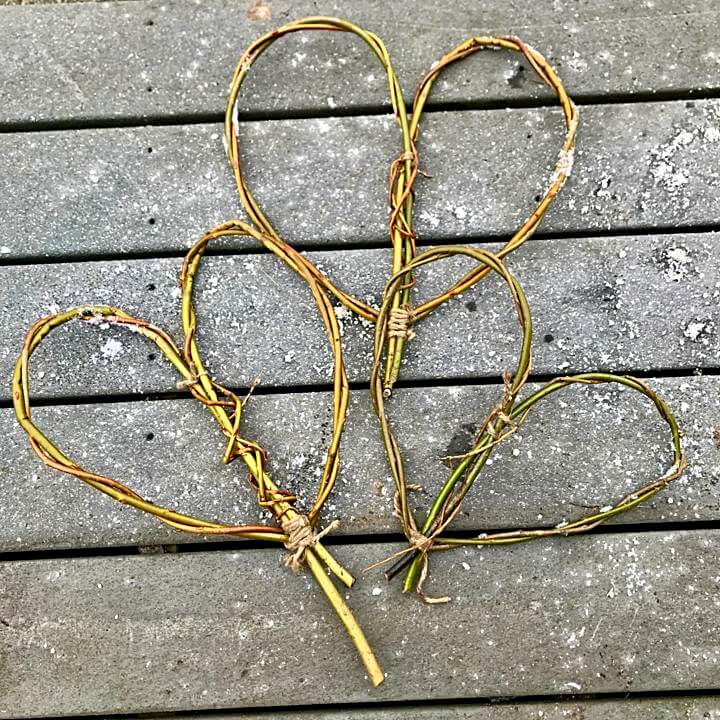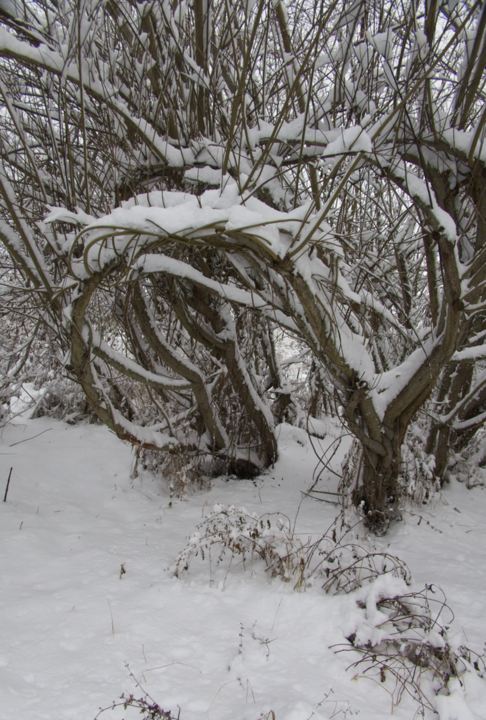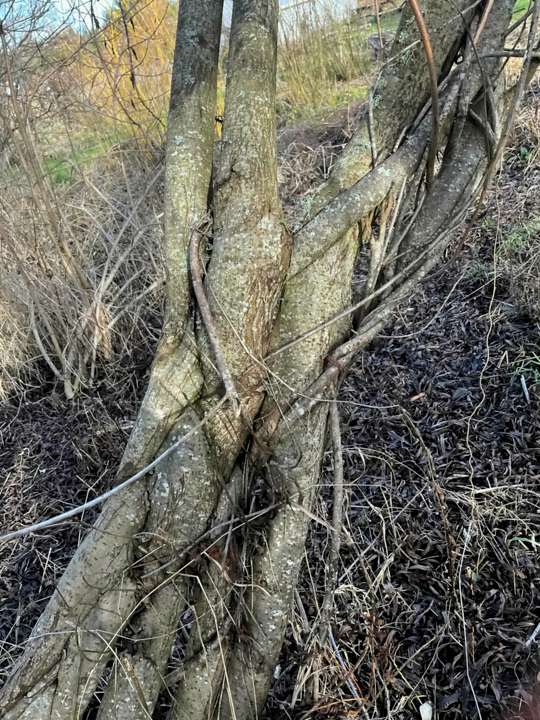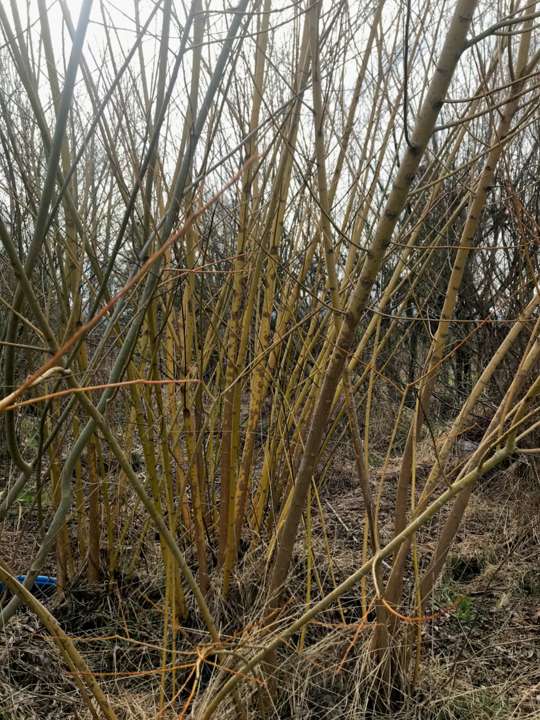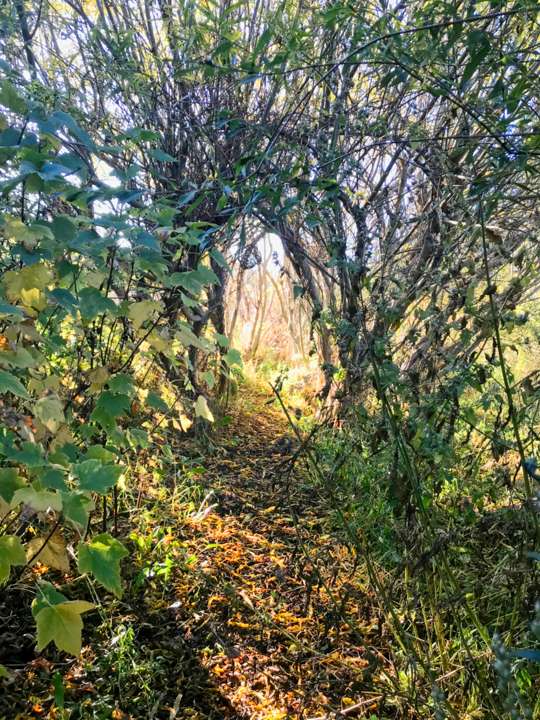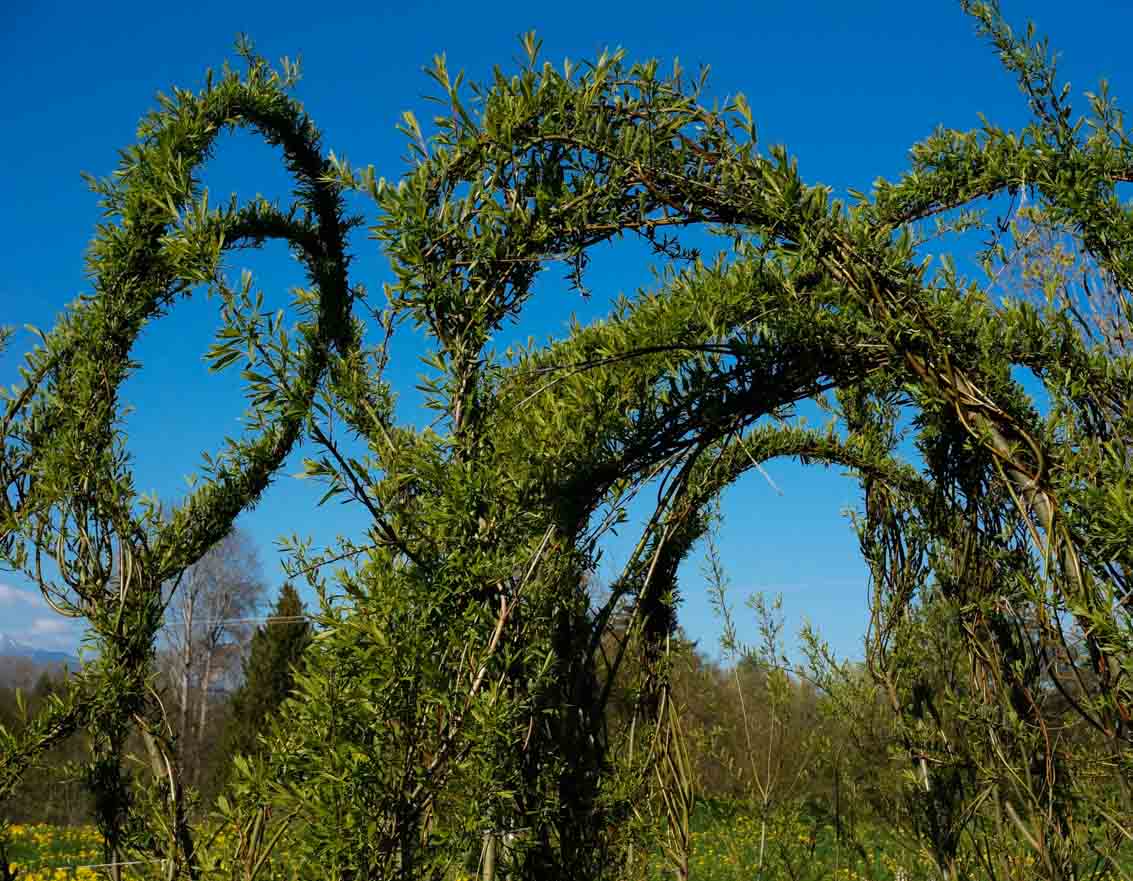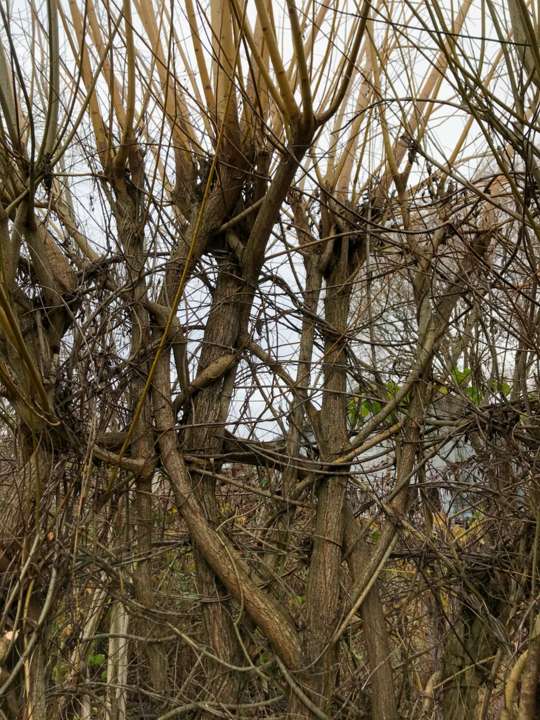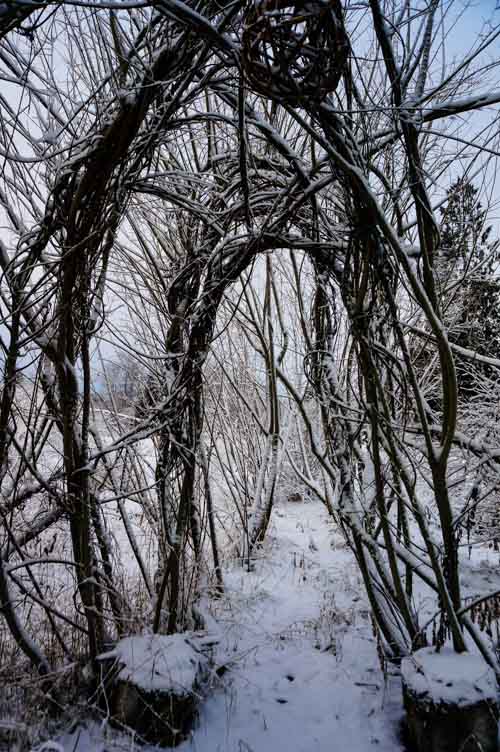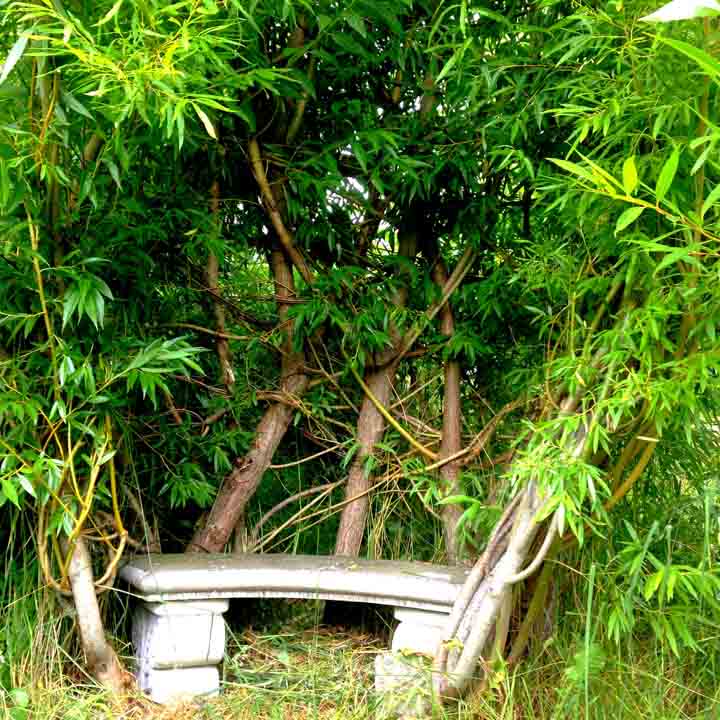Looking to Grow Your Own Willows?
Unfortunately, we are not shipping willow cuttings in 2024. We are currently growing only limited quantities of coppiced willows.
For a great source of willow varieties, I highly recommend the folks at Dunbar Gardens, Verdant Phoenix, and also the Vermont Willow Nursery. We purchased ours from Steve at Dunbar, and if you are anywhere near Mount Vernon, WA, I highly recommend them.
There are so many different varieties available these days!
Wish we had room to try them all!
Willows are so versatile and so easy to grow! Use cuttings for growing living fences, domes, and the like. Plant some this year and harvest full rods next. Great for basketry, trellises, wattle fences, sculptures, and so much more!
Links to Willow Works
It seems willows can be used for just about everything. They are a wonderful source of bee pollen in early spring. They have been used as an anti-inflammatory for thousands of years and were one of the earliest sources of salicylic acid, which was used to make aspirin. They are also great for healing the environment: they are used for remediating toxins and also for erosion control. A fast-growing plant, they are becoming recognized as a source for bio-fuels. Early spring shoots make a great “willow water” rooting hormone for seedlings and transplants. They are high in tannins and can be used as a mordant and a dye – especially nice for cellulose fabrics, such as cotton and linen.
When I first planted the willows, I did not realize how they would transform our backyard – not only because of the twisted cathedral I created – or the hiding dome – or the gnarly reading bench – but mostly because of the Birds. Suddenly, they were everywhere! Sparrows, chickadees, finches, grosbeaks, flickers, cedar waxwings, jays, woodpeckers… calling to each other from the tops, swooping down through the branches. Sometimes they are just so LOUD! It is perhaps because willows attract a variety of insects, which of course, are a key source of protein for birds, their fledglings, and for fueling up for migrations. So when I see a willow branch being attacked by aphids (and ants), instead of spraying them with the hose, I stand back and wait. Things come back into balance, thanks to the birds (and carnivorous insects).
I think I would grow willows for that reason alone. It is wonderful to step outside and hear birds.
The deer also spend quite a bit of time in the willows. Sometimes the bucks will rub their antlers against the bark. Admittedly, that can be a problem; however, the willows are usually able to heal from the damage. The does find it a safe place to give birth; they often let their young rest in the willow room while they go out and forage nearby. It is a privilege to watch them.
What I’ve also noticed about the willows is that not only do they provide shade and shelter for animals and mulch for the soil – but they also create their own climate. They collect the moisture out of the morning fog and condense it into dew on their leaves and branches, until it eventually falls to the ground. They are essentially creating their own rain, one that is rich in minerals. The temperatures are noticeably cooler among the willows in the heat of summer. Plus, they provide a buffer in the wind. We are in a very coastal climate, and the wind frequently rips through here at 35 mph and up to 60 on occasion. Those willows whip about wildly in that kind of storm. They can handle it. And in so doing, they protect the shrubs and trees around them.
I love willows!
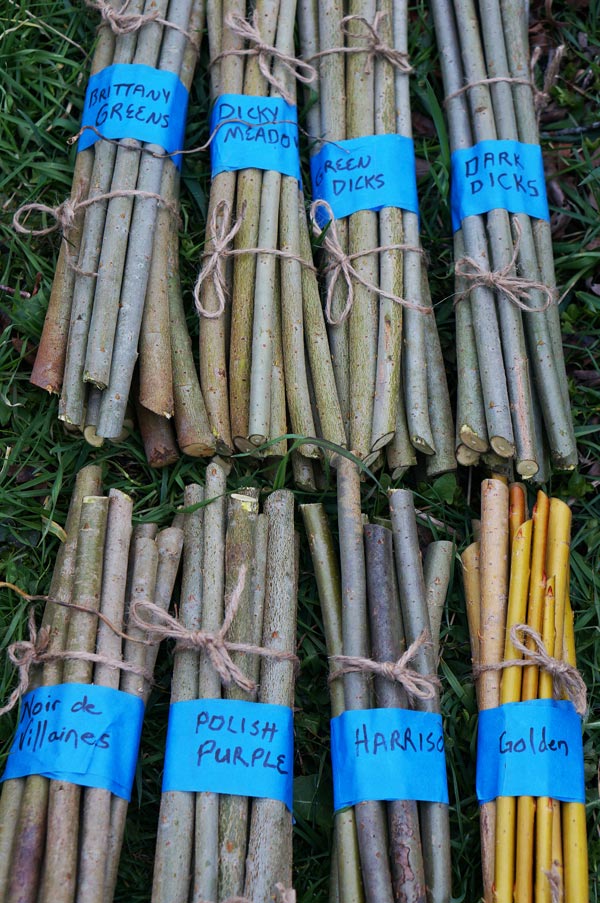
What we currently grow:
- Brittany Greens – S. purpurea (good weaver)
- Dark Dicks – S. purpurea (deer resistant; bigger than Green Dicks; structures)
- Dicky Meadows – S. purpurea (deer resistant; dried rods only; good for weaving)
- Golden – S. x fragilis (winter color)
- Green Dicks – S. purpurea (good weaver; deer resistant)
- Harrisons – S. x rubra (gets large; nice for structures; coarse baskets; sculptures)
- Noire de Villaines – S. triandra (good for living fences, structures, basketry; deer resistant)
- Polish Purple – S. purpurea (slightly purple catkins but dries brown; good for weaving)
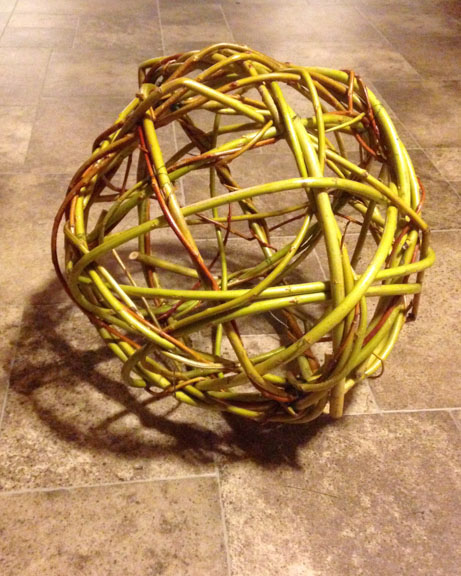
Could be the foundation for so many creative ideas – fill with plants, flowers, lights, mistletoe? I hung ours from the ceiling in the willow room and they seemed to deter the bald-faced hornets, who might have interpreted them to be a competitor’s nest! Seemed to work!
Love willows as much as we do? Here are a few photos. We will be adding more as we go through some old files!

Thanks for visiting Barbolian Fields!
~blythe
